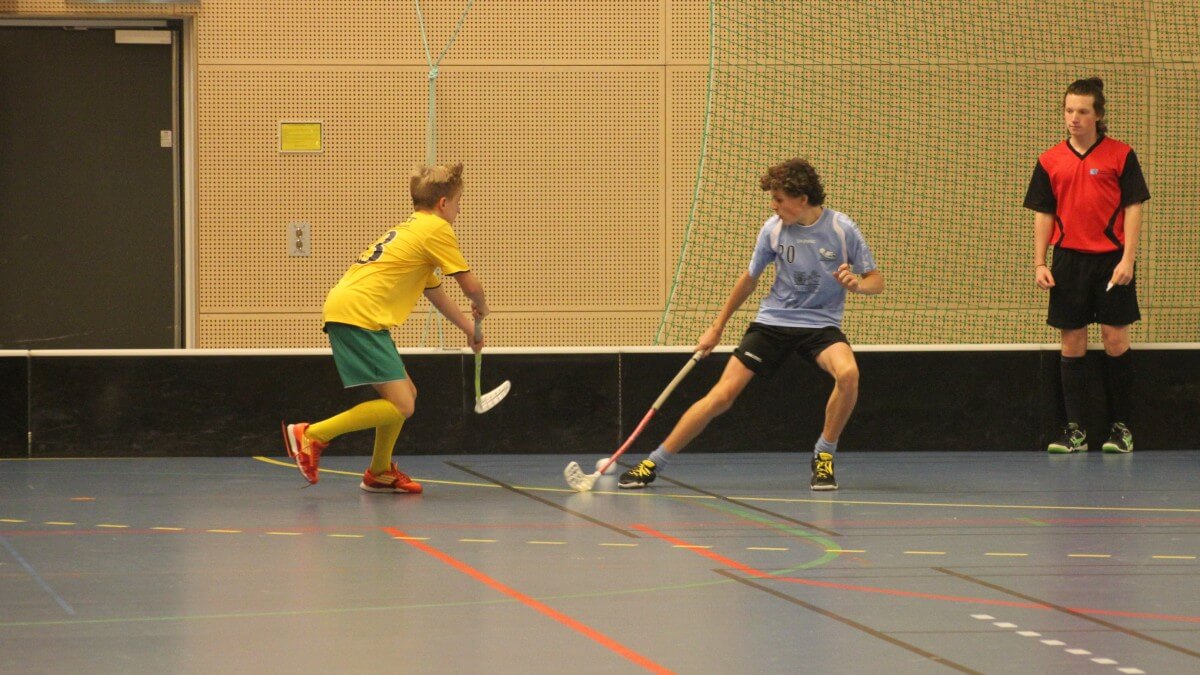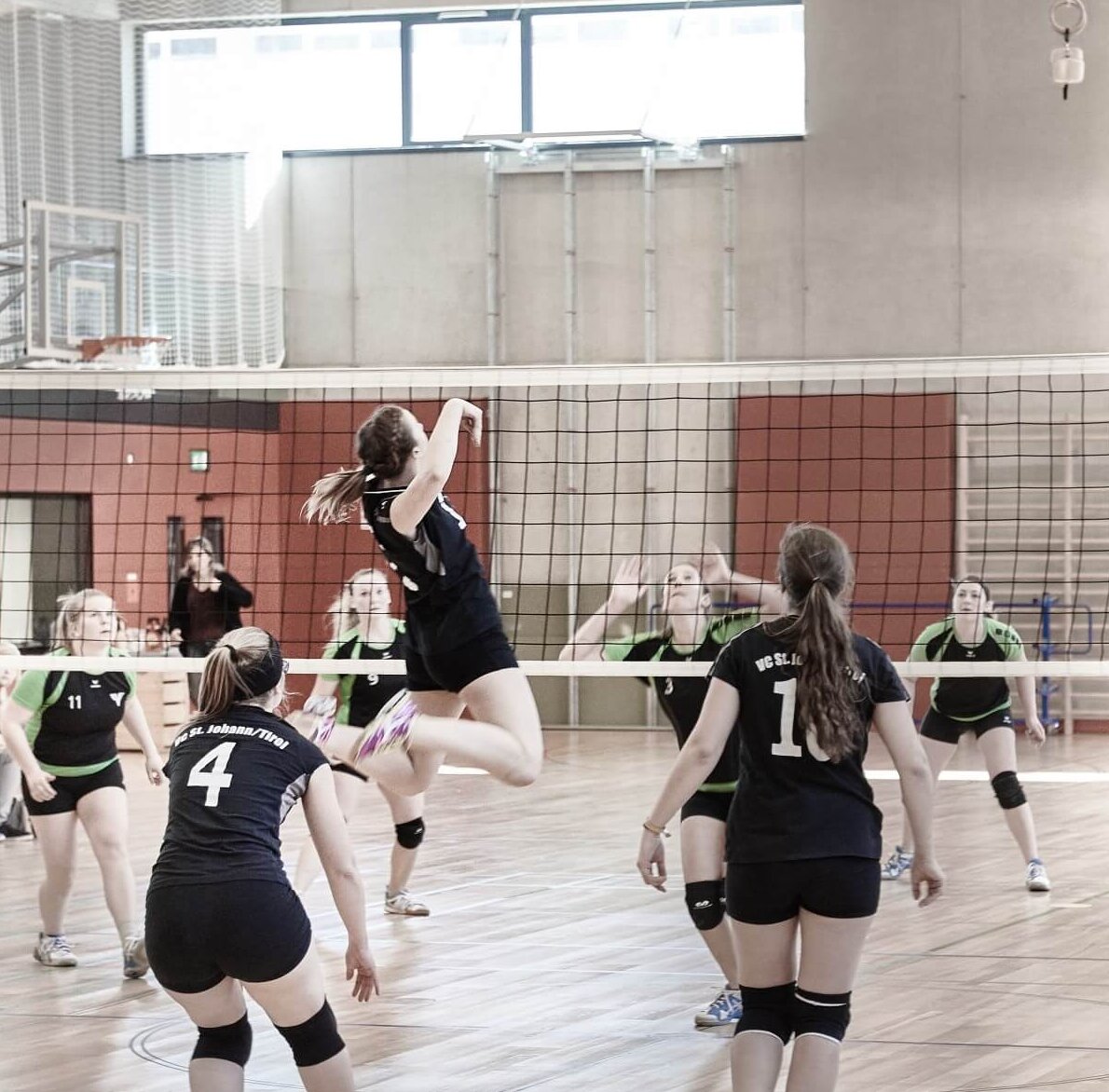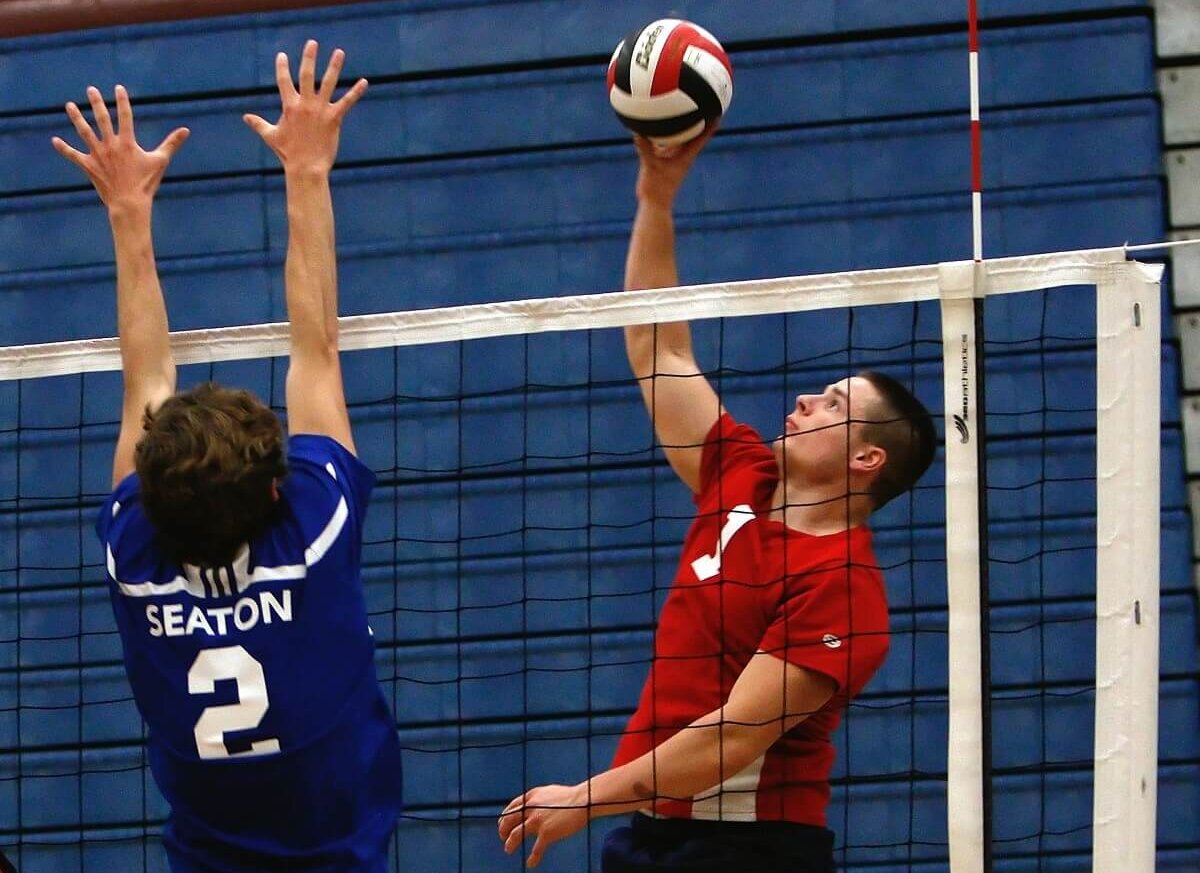
As an educator for close to ten years, I (Collin) have coached many sub-varsity teams and for various and real reasons, some student-athletes get less playing time than others by being pushed out or leaving varsity athletics for a variety of reasons including lack of talent and team size restrictions. I am sure this happens all over the country in every sport setting. By adding high school intramurals to the extracurricular options, students will get opportunities to use their athletic skills and build on social skills in a less competitive and fun environment.

Intramural sports in high schools can greatly benefit students, as well as the school. The implementation of high school intramurals is meant to be an additional extracurricular option for non-varsity players and/or “non-athletes” (those that are not out for a school sport). Removing varsity players from the intramural program levels the playing field for other athletes and helps students with little or no experience feel more comfortable when participating. With that, I believe in giving students the chance to create teams, organize gameplay, and be part of activities that they can enjoy for the rest of their life. Being part of a team helps participates grow in confidence, team building/bonding, self-esteem, and provides health benefits. With intramural sports, students can be tasked with creating their own teams and problem solving without a teacher or coach always mediating and controlling the situations.

Running an intramural program can be simple to complex depending on enrollment, access to space, and interest. Each program can be set to uniquely fit a school setting and the number of participants. An important consideration is what does your school and community have to offer that will benefit students from a physical activity standpoint. Intramural programs can be designed to fit with community parks and rec areas, tennis courts, pickleball courts, ice rinks, basketball areas, walking/biking paths, Frolf, and many others that are typically free to the public and provide opportunities for people of all ages to be active. To begin, schools might start with a walking club or fitness classes and consider running small-sided activities, 3v3, or shorted playing space or game time.

As a start, one should organize a committee to oversee the intramural program. This could be the athletic director, school employee on an extra duty contract, student body led, or a combination of all three. Before setting up the program, the leaders should survey students to see what sport options they would be interested in participating in. Once the data is gathered, you can start creating your program and add different sports as needed, or as popularity grows. With that, it is important to create an intramural handbook and set clear guidelines for student-athletes and all participants to follow. Here are a few important considerations:
- Facility Space. Intramurals taking place after school will interfere with teams that are in season. This is problematic, especially in smaller school districts with limited space and facilities. To solve this, one might consider the use of recreation centers or other community access buildings with available space to use. The use of outdoor facilities may also be an option depending on geographical location and weather. Varsity sports will likely take precedence over gym use so intramurals may have to be set for evenings or rotated based on high schools’ schedules. For example, basketball, volleyball, and racquet sports run during the spring when typically track and field is in session. Track and field during the fall when varsity football and volleyball take place.
- Staffing and Officials. How will you run your program, who will oversee the games/matches, and who will provide the equipment and lock up after the session? With a supervisor present, gameplay and strategy could be used and reviewed especially with the same physical education teacher who is covering those particular skills in class.
- Eligibility. How will you decide who can participate or be withheld from participating if failing grades are observed? Do grades even matter when it comes to intramural participation? The nice thing about intramurals is eligibility is not based on the school pass/fail grading system. It could be as simple as any student who actively attends the school, or it could be similar to varsity sports rules or based on passing grades in core classes. Your school/program can decide that based on your unique school setting and students. Students who are disrespectful to others or equipment may get a warning and then be removed from the team or the intramural program. Student safety should always be a major priority in a school setting and it is important to plan accordingly.

Intramural sports provide high school students with a chance to be physically active while not fully involved in a school sports team or committing to a sport outside of school hours. Intramurals can be set up for non-varsity athletes or non-team-involved students depending on school setting and participation; either way, intramurals can provide students the opportunity to be physically active and practice skills learned in physical education classes in a game-like setting. Once students are involved, numerous benefits will be available to them personally, physically, and socially.
The inclusion of high school intramurals often sets students up for success as an adult and provides a great segway into college intramurals, as well as community recreation programs that are available for non-college students. Whether a student graduates and goes into the workforce or on to any level of college or university, intramurals provide socialization, stress reduction, exercise, self-decision making, and mindfulness of personal health.

Great article fellas! I wish PE outside the classroom had a larger, more formalized role in the National Standards. Hope you have a great year,
John
I would love to hear more about how I can institute this on my campus.
looking for information on organizing a middle school intramural basketball program.